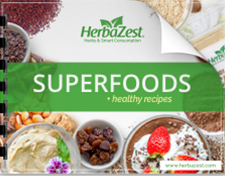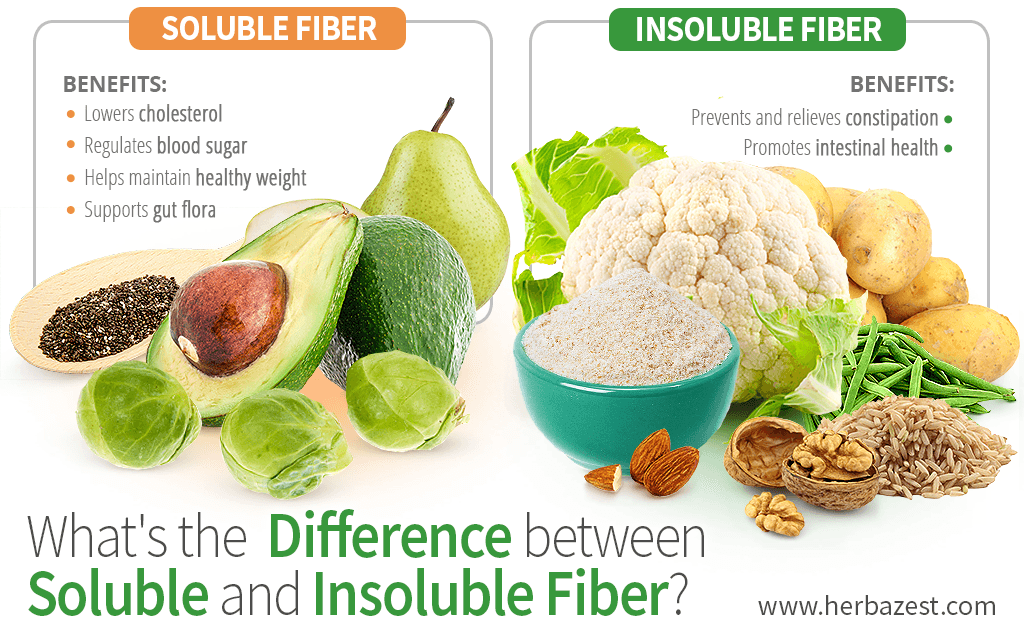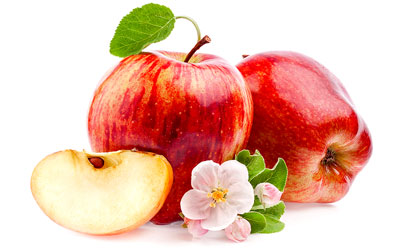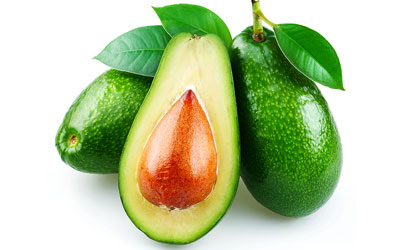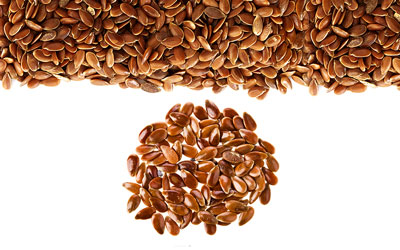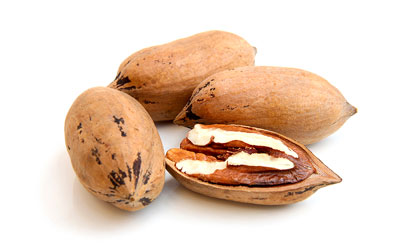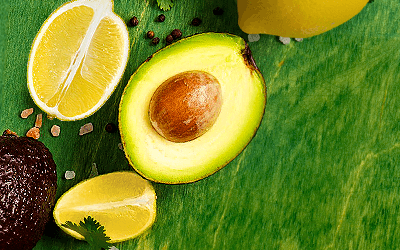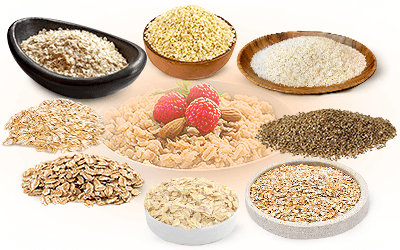Although it is commonly known that eating fiber is important for health, studies have shown that most Americans are not getting enough fiber in their diets.1 On top of that, some may find it confusing to differentiate between the two types of fiber, their roles, and required amounts.
Luckily, learning the difference between soluble and insoluble fiber is easy and will help you compose your meals to ensure that your nutritional needs are fully met.
What Is Fiber?
Dietary fiber is a type of complex carbohydrate that the body cannot digest. It occurs naturally in plant foods.
Fiber, also known as roughage, comes in two types: soluble and insoluble. Most plants have both types, but in varying amounts.
While fiber is most commonly associated with digestive health benefits, it serves other essential roles in the human body.
Soluble Fiber
Soluble fiber dissolves in water and turns into a gel-like substance, which slows down digestion as it moves down the digestive tract.
Studies have shown numerous benefits of eating soluble fiber, including:
Lowering cholesterol. A diet rich in soluble fiber can help reduce low-density lipoprotein (LDL) cholesterol levels in the blood, commonly called “bad” cholesterol. Research is also looking into its potential cardioprotective effects, such as reducing blood pressure and inflammation.
Regulating blood sugar levels. Soluble fiber slows down sugar absorption into the bloodstream, which helps prevent sudden blood sugar spikes. Its regular consumption may possibly lower the risk of developing type 2 diabetes.
Promoting healthy gut flora. Soluble fiber can be digested and used as food by the “good” bacteria in the gut, thus promoting their growth. Those beneficial bacteria have been linked to various benefits, such as strengthening the immune system, relieving depression, and more.
Maintaining a healthy weight. Soluble fiber slows down gastric emptying and helps regulate appetite by increasing perceived satiety. This may prevent overeating and help you reach and maintain a healthy weight.
Best soluble fiber sources include oats, avocado, psyllium, beans, lentils, pears, Brussels sprouts, and chia seeds. Note that some of these foods contain both soluble and insoluble fiber.
Soluble fiber is highly beneficial for people with Irritable Bowel Syndrome (IBS).
Insoluble Fiber
Insoluble fiber, as the name suggests, does not dissolve in water. It adds bulk to stools and helps promote faster movement of food through the digestive tract, acting as a “broom.”
Regular consumption of insoluble fiber has shown to offer the following benefits:
Relieving constipation. A diet rich in insoluble fiber produces soft, bulky stools and keeps bowel movements regular. By that, it not only prevents constipation, but may also help relieve it.
Promoting intestinal health. A fiber-rich diet may lower the risk of hemorrhoids. Initial research has also suggested that insoluble fiber might promote bowel health by preventing colon cancer.
Maintaining a healthy weight. Similar to soluble fiber, insoluble fiber creates a sensation of fullness, thus preventing hunger pangs and aiding weight management.
Best insoluble fiber sources are brown rice, carrots, cucumbers, potatoes, and wheat bran.
How to Consume Enough Fiber
Proper digestive function depends not only on the amount of fiber one consumes, but also on a healthy balance between the two types.
The Dietary Guidelines for Americans are published by the U.S. Department of Agriculture and U.S. Department of
Health and Human Services every 5 years.
According to the 2020-2025 Dietary Guidelines for Americans, men should strive to consume 30-34 grams of fiber daily, while women are recommended to eat 22-28 grams per day.2
For reference, one cup of raspberries has 8 grams of fiber, one cup of boiled green peas has 9 grams of fiber, and one cup of cooked quinoa offer 5 grams of fiber.3
Adding more fiber to everyday meals could not be easier. Snacking on nuts, sprinkling chia or flax seeds over yogurt, and buying a whole grain bread are great ways to boost your daily intake.
Some healthy breakfast ideas include this quinoa breakfast bowl, overnight oatmeal with berries, tropical lucuma pineapple smoothie, and flax and psyllium bread with chia blueberry jam.
However, if you are looking to boost your fiber intake, make sure to start slowly as consuming too much fiber at once can lead to bloating, cramping, gas, and other unpleasant symptoms. Also, remember to keep up with proper hydration to boost digestive function.
You will know when your body is lacking fiber. The good news is that you can easily make some dietary adjustments to fix the problem. For most people, eating nutritious, well-balanced meals is all that they need in order to keep digestion running smoothly.
Sources
- Colorado State University, Extension, Dietary Fiber
- Harvard University, School of Public Health, The Nutrition Source, Fiber
- Oregon State University, Linus Pauling Institute, Fiber
- University of California, San Francisco, UCSF Medical Center, Increasing Fiber Intake
- MedlinePlus Herbs and Supplements, Soluble vs. insoluble fiber
Footnotes:
- American Journal of Lifestyle Medicine. (2017). Closing America's Fiber Intake Gap. Retrieved March 3, 2022 from https://www.ncbi.nlm.nih.gov/pmc/articles/PMC6124841/
- USDA. (2020). Dietary Guidelines for Americans 2020-2025. Retrieved March 3, 2022 from https://www.dietaryguidelines.gov/sites/default/files/2020-12/Dietary_Guidelines_for_Americans_2020-2025.pdf
- Mayo Clinic. (2021). Chart of high-fiber foods. Retrieved March 3, 2022 from https://www.mayoclinic.org/healthy-lifestyle/nutrition-and-healthy-eating/in-depth/high-fiber-foods/art-20050948
